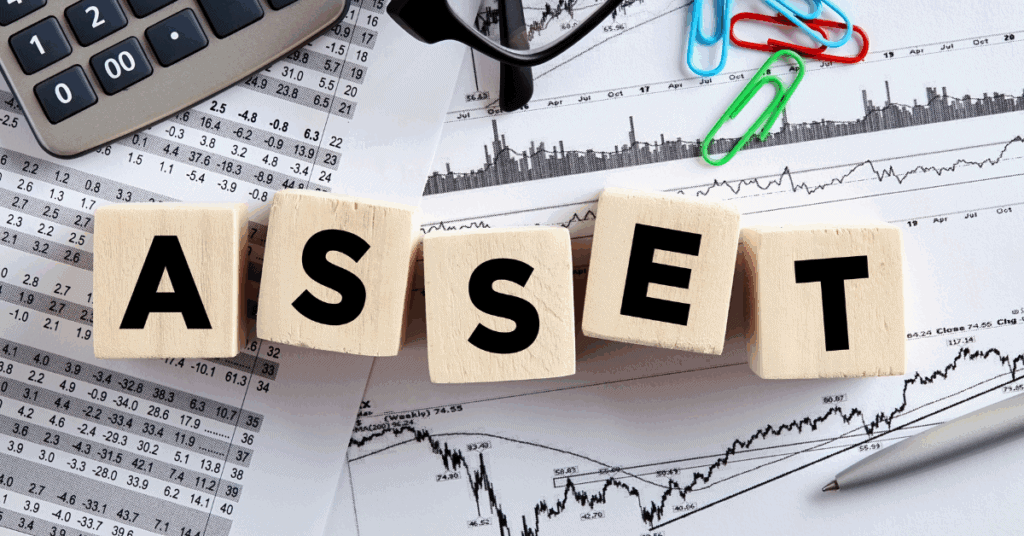Get Expert Financing
- Matched with investor-friendly lenders
- Fast pre-approvals-no W2s required
- Financing options fro rentals, BRRRR, STRs
- Scale your portfolio with confidence
New York City’s real estate market is a beacon for investors worldwide. With towering skyscrapers, diverse neighborhoods, and continuous urban development, it’s no wonder investors flock to the city. One financing strategy gaining traction is the Debt Service Coverage Ratio (DSCR) loan, a method tailored to income-generating properties. For NYC investors, understanding DSCR-based lending can unlock new opportunities—yet it also introduces unique challenges.
In this article, we’ll break down the fundamentals of DSCR loans, analyze their role in NYC real estate, and offer actionable strategies for leveraging them successfully.
The Debt Service Coverage Ratio (DSCR) is a financial metric used by lenders to assess a property’s ability to cover its debt obligations. It’s calculated as:
DSCR = Net Operating Income (NOI) / Total Debt Service
DSCR loans are ideal for investors in rental properties because they:
NYC’s dense population and rental-heavy housing market create an ideal landscape for DSCR-based lending. Neighborhoods like Brooklyn, Queens, and the Bronx are seeing rental growth, enhancing the appeal of DSCR-financed investments.
Unlike conventional loans, DSCR loans do not require W-2 income or tax returns—opening the doors for foreign nationals, freelancers, and full-time investors.
Savvy investors are using DSCR loans to build portfolios rapidly by:
NYC’s real estate market commands premium prices, often leading to lower NOI compared to markets in the Midwest or South. This can reduce the DSCR, making financing harder to secure.
Rising property taxes and insurance premiums further erode cash flow, impacting the DSCR ratio. Investors must perform meticulous financial modeling to avoid underestimating costs.
NYC is notorious for its strict rent control and tenant protection laws, which can limit revenue potential and reduce DSCR. Investors should fully vet rent rolls and property histories before making commitments.
Use granular data to project realistic rental income and operating expenses for each borough.
Look into areas with development incentives, gentrification trends, or transportation expansion (e.g., parts of East Harlem or Bushwick).
Some lenders focus specifically on urban markets like NYC and may offer tailored underwriting criteria or lower DSCR thresholds with compensating factors.
Ready to start investing in NYC with DSCR loans? Schedule a consultation with our lending specialists.
Most lenders require a DSCR of 1.25, but some accept as low as 1.0 depending on reserves and property class.
Yes, but terms vary. Some lenders only count income from long-term leases, while others accept 12-month STR history.
Often, yes. As long as the residential component generates sufficient NOI, many lenders will approve mixed-use DSCR loans.
If you’re interested in DSCR loans and NYC real estate, check out these related resources:
DSCR loans offer an attractive path for investors seeking passive income and property growth in the dynamic NYC real estate market. While high property costs and regulatory hurdles present real challenges, those armed with the right strategy—and the right partners—can thrive.
Our advice is based on experience in the mortgage industry and we are dedicated to helping you achieve your goal of owning a home. We may receive compensation from partner banks when you view mortgage rates listed on our website.
